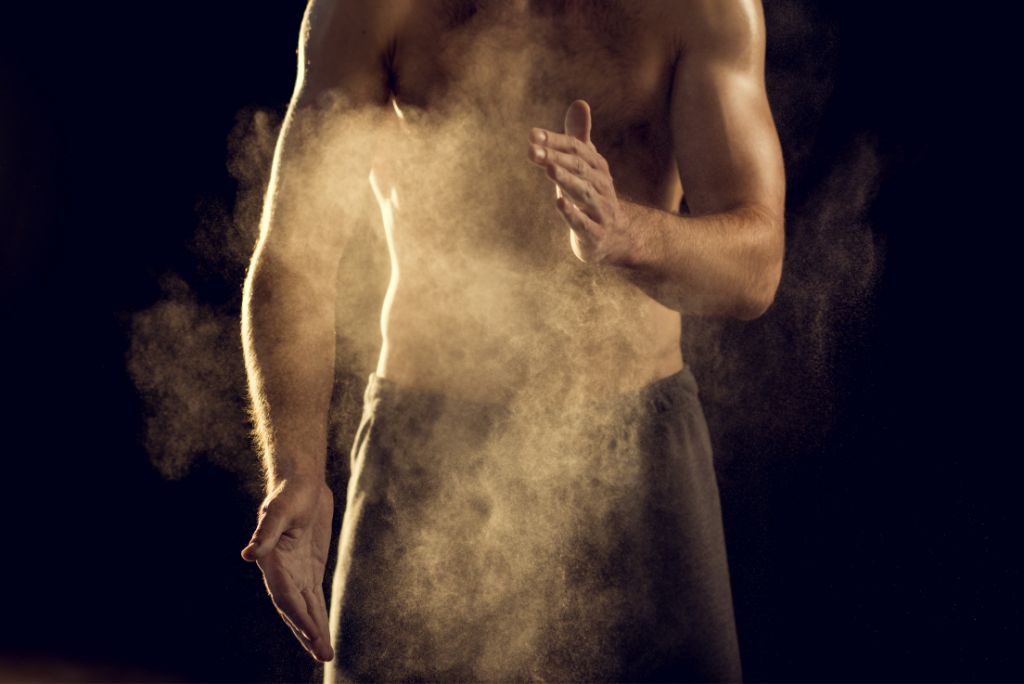Clinical approaches to treating addiction have evolved significantly over the past decade, and new approaches to reaching and sustaining sobriety have become multilayered.
Sobriety is a complex conversation, and there is no one solution that will fit each individual. Furthermore, substance abuse can range from mild to severe, and therefore, treatments to help maintain sobriety will also range in intensity.
The research surrounding drug related addictions have expanded over the last few years to include alternative therapies to help overcome addiction and find states of sobriety.
Many drug and alcohol treatment centers have started using saunas as one portion of addiction treatment, and even if admission to a treatment center is not on the agenda for you; you can still benefit from regular sauna use to maintain sobriety and recover from the effects of substance abuse in the body.
Regular sauna use is not a cure-all for addictions, however, it can be helpful as a form of detoxification, providing dopamine release, re-wiring neurological function, and can help heal the body from years of abuse at the cellular level. If you are suffering from serious drug or alcohol abuse it is best to seek professional assistance immediately (Please see a list of resources available to you below).
For those who use alcohol regularly without dependency, sauna use can be a wonderful compliment to the “Sober October” season we find ourselves in. Abstaining from alcohol for a month is seen as a way to reboot your system after the summer and in preparation for the winter holidays. The concept of being sober for a period of time to detoxify the body and cleanse the mind can be a welcome reset and re-evaluation of your patterns and conditioning (and may also help prevent dependency).
Detoxification From Harmful Toxins After Years Of Substance Abuse
Years of prolonged alcohol abuse can lead to a host of toxic build up in the body. Regardless of an individual’s approach to addiction or the maintenance of sobriety, sauna use will be a helpful tool to heal the body. While on its own, using a sauna to detoxify the body cannot cure addictions, regular sweating can help the body release a build up of harmful pathogens.

Similar to the purifying actions of the kidneys and liver, sweating is a natural way to detoxify the body. Unfortunately, for many individuals, not only those who have suffered with addiction for many years, toxic build up can place a heavy burden on the internal organs. By engaging the largest organ of the body, the skin, as a means of detoxification, the cumulative effects will be higher than just relying on the kidneys and liver.
Jonathan Vellinga, MD articulates the mechanism of sauna use as a means of detoxification in the following publication from January 2022:
“Though in many cases of needed detoxification the liver and kidneys will do a better job eliminating toxins than sweat will, heavy metals such as arsenic, lead, mercury, and cadmium were all found to be released in higher levels of post-sauna sweat than in urine, making sauna therapy more effective than other types of heavy-metal detoxification efforts.” (2,3)
Whether you are a casual drinker participating in Sober October, or are recovering from a serious addiction, sauna use may help to heal the body through enhanced detoxification. You may choose to incorporate sauna use as one of many tools to obtain or maintain sobriety.
The Autonomic Nervous System, Sauna Use, and Sobriety
There are numerous reasons far beyond the scope of this article for the appearance of addiction in an individual’s life. Many medical professional’s suggest that heredity plays a large role in whether or not we become addicted to alcohol. While there are others in the arena of addiction treatment, like Dr. Gabor Mate, who suggests that trauma, specifically childhood trauma, is responsible for addiction expression.

Regardless of the reason or ‘the why’ of anyone who has turned to alcohol to help mitigate anxiety and stress, it is clear through their choices they have experienced enough singular or cumulative trauma to offset the balance of the autonomic nervous system. This is not to say that regular sauna use can completely regulate the nervous system, however, there is formidable research to suggest that the body’s mechanistic response to sauna use does aid in the healing of the autonomic nervous system.
The hormetic effect on the body during a sauna session lasting 15-20 minutes at a relatively intense temperature, applies a slightly positive stress on the body. (4) While this positive stress can be experienced as the apex of intensity just before the beads of sweat accumulate on the brow, it feels uncomfortable, yet sustainable. If an individual can stay in the sauna long enough to move past this discomfort they are eventually led back from states of hyper vigilance into the experience of relaxation.
Anyone who has experienced singular or cumulative trauma will likely require a variety of tools to balance the autonomic nervous system once again. While regular sauna use is by no means the only avenue to attain a balanced nervous system, it may help to heal certain aspects of trauma as experienced in the nervous system.
Why Use Full Spectrum Red and Infrared Light as a Sobriety Tool?
While traditional saunas, steam rooms, and infrared saunas will all offer profound opportunities for detoxification, hormesis, and relaxation, there are additional benefits derived from the red and near infrared light spectrum related to neurological and cellular health.
Combining red and near infrared light therapeutically is called photobiomodulation. Years of substance abuse can affect mitochondrial metabolism negatively so that energy is not effectively converted in the body. This may eventually result in a variety of potential autoimmune disorders. By seeking refuge under the influence of red and near infrared light in a sauna it may be possible to positively alter energy conversion in the cells at the epicenter of the mitochondria (5).

Furthermore, infrared light may have a positive effect on neurological regeneration – something much needed for anyone recovering from substance addiction. Studies emerging from the National Institute of Health Suggest that exposure to infrared light may help in the prevention and treatment of dementia. Depending upon the extent of drug dependency there will be more or less damage to neurological pathways and connection. While the data is not yet available, one can deduce a correlation between infrared light treatment for patients with dementia and those recovering from addiction.
If you are looking to repair cellular metabolism and improve overall brain function as part of your sauna therapy, then perhaps choose a full infrared sauna with color light therapy.
Addiction Treatment Centers and Saunas
More addiction treatment centers across the country are recognizing the powerful healing effects of sauna use for patients recovering from substance addiction. A variety of mood disorders can accompany addiction. In these cases, particularly with regards to major depression, there is enough data available to support the use of saunas as a portion of the treatment protocol.
Smarmore Castle in Ireland is one of many leading addiction treatment centers that offer sauna therapy as a portion of the recovery protocol. (7) This center recognizes the multitude of benefits available to their patients recovering from substance abuse when saunas are used as an integral part of sobriety.
We encourage you to sauna use for whatever form of sobriety you are looking for – from extreme cases of alcohol dependency to those casual drinkers looking to detoxify the body. Addiction is a serious condition and requires a full team of experts to overcome. If you are looking for immediate assistance for yourself or a loved one please read the list of resources below. Always be sure to consult with a medical practitioner before beginning a sauna regime.
Helpful Resources If You Are Suffering From Addiction:
- Center for Substance Abuse Prevention (CSAP)
- Center for Substance Abuse Treatment (CSAT)
- Faces and Voices of Recovery (FAVOR)
- National Alliance on Mental Illness (NAMI)
- National Institute on Alcohol Abuse and Alcoholism (NIAAA)
- National Institutes on Drug Abuse (NIDA)
- National Institute of Mental Health (NIMH)
- Substance Abuse and Mental Health Services Administration (SAMHSA)
- https://drgabormate.com/topics/addiction/
- https://smarmore-rehab-clinic.com/blog/04/2020/benefits-sauna-therapy-during-addiction-treatment
Sources Cited:
- https://drgabormate.com/topics/addiction/
- https://www.tcimedicine.com/post/can-saunas-really-help-you-become-healthier
- Sears, M. E., Kerr, K. J., & Bray R.I. (2012). Arsenic, cadmium, lead, and mercury in sweat: A systematic review. Journal of environmental and public health, 2012, 184745.
- https://pubmed.ncbi.nlm.nih.gov/20686325/
- https://www.ncbi.nlm.nih.gov/pmc/articles/PMC7356229/
- https://www.ncbi.nlm.nih.gov/pmc/articles/PMC8219492/
- https://smarmore-rehab-clinic.com/blog/04/2020/benefits-sauna-therapy-during-addiction-treatment


